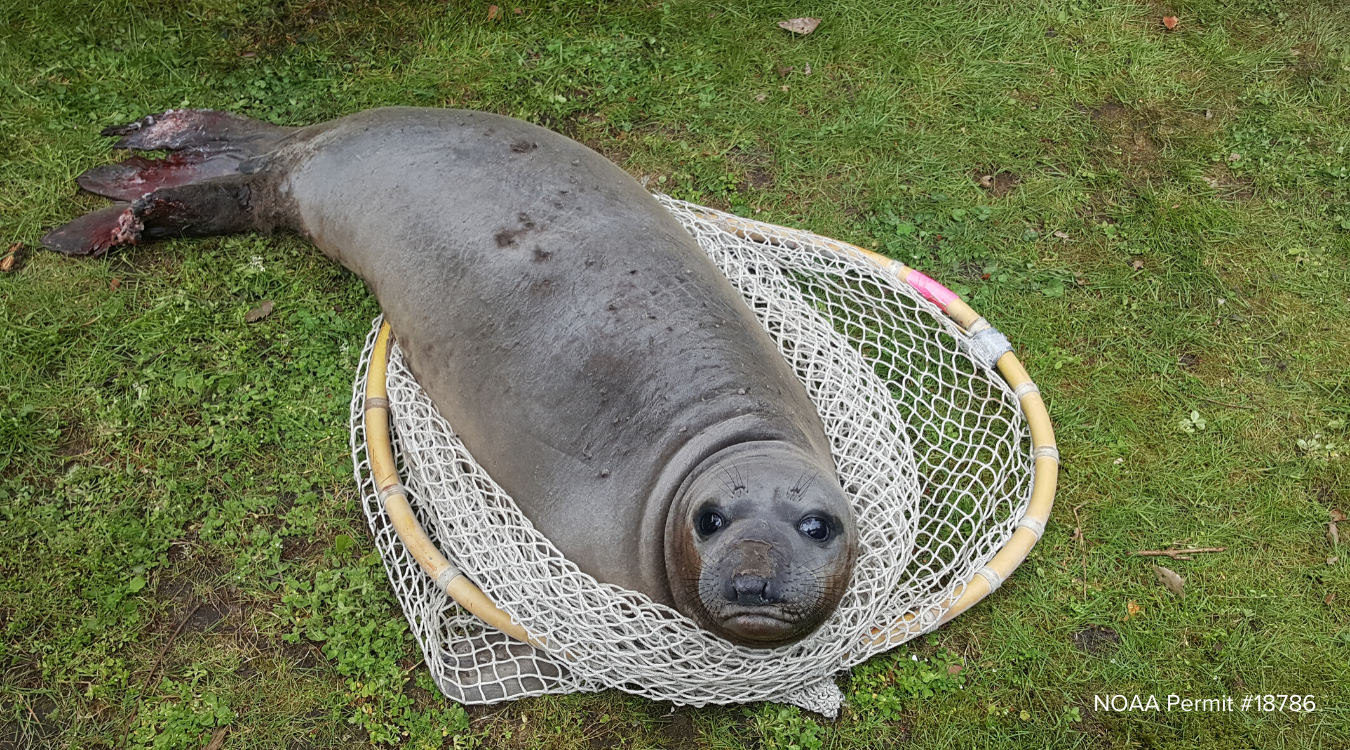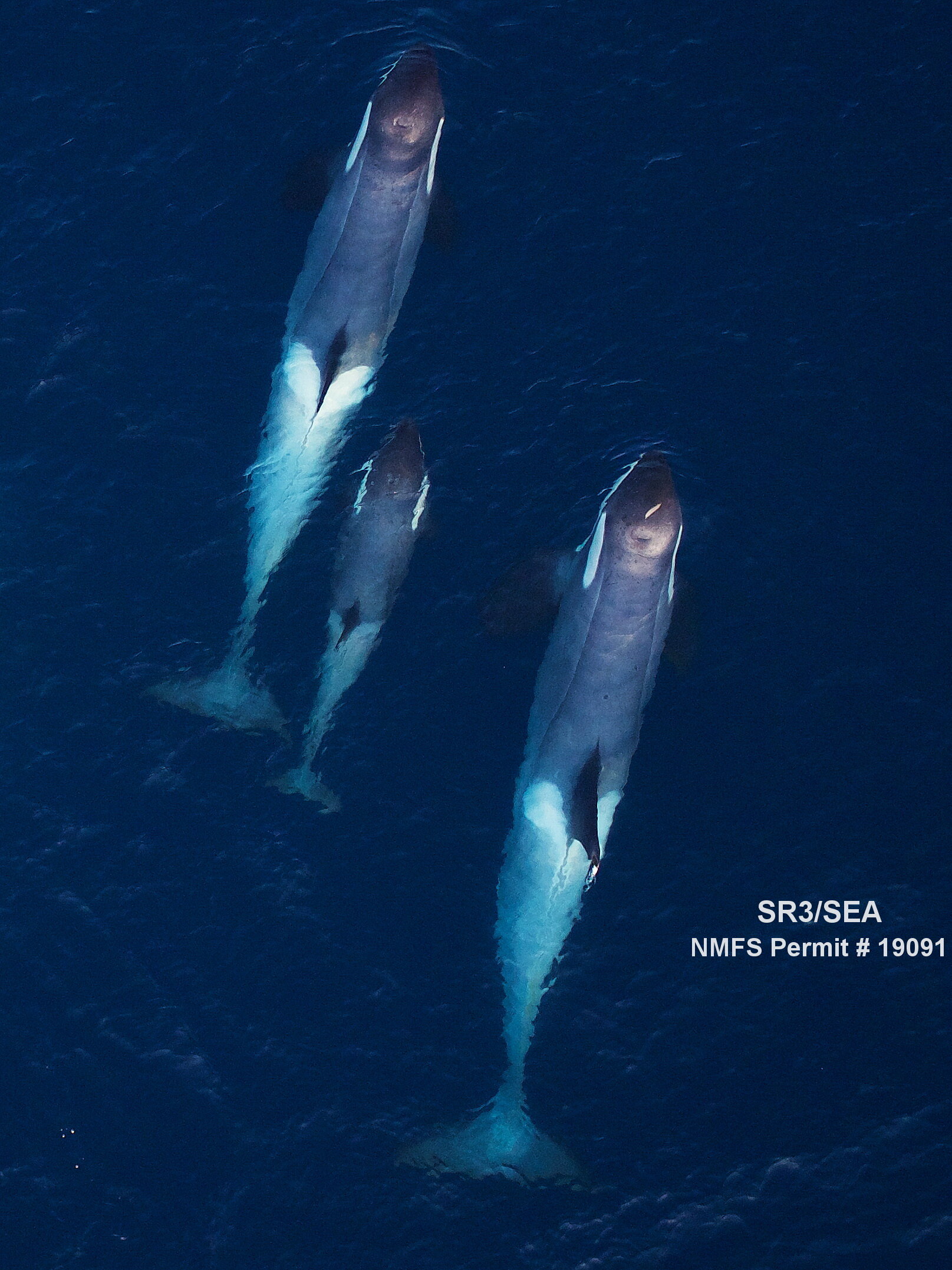June is Orca Awareness Month, which was created to inspire action on behalf of our region’s critically endangered Southern Resident killer whale population. You might be surprised how much of an impact you can have on the variety of threats these animals face. Read on to get inspired - and decide where YOU can jump in to help these black and white beauties - not just this month, but all year long!
Protect fish populations.
Killer whales, and many other marine mammals, can’t survive without healthy fish populations. Be sure your seafood choices aren’t depleting their food supply and harming the marine ecosystem on which we all depend. You can vote with your dollars by supporting salmon-safe farmers and businesses in the Pacific Northwest who work to reduce their impact on local watersheds. Find a list of these certified suppliers here, or look for the salmon-safe logo wherever you shop.
Your decisions about lawn care, washing your car, and even which household cleaners to use all play a role in maintaining healthy fish habitats, not to mention have a direct impact on your own health! Water runoff into storm drains flows directly into local creeks and streams and is a leading source of water pollution. Visit the Washington Department of Ecology website for tips on reducing your contribution to these common pollution sources. The Environmental Working Group also has a searchable database of cleaning product safety ratings that can help you make healthier decisions for yourself and the planet.
Last year, caring people like you helped us prevent nearly 1,000 pounds of garbage from entering local waterways and harming marine life.
Reduce plastic pollution.
Plastic debris is one of the biggest threats to the marine ecosystem today. Not only does it pose life-threatening risks to animals who become entangled in it, but as it breaks down, the microplastics it leaves behind are being ingested and carried up the food chain.
Cut down on plastic waste by refusing it wherever you can. While many stores are no longer welcoming reusable bags during the ongoing pandemic, that doesn’t mean you have to accept single-use products. Simply have your goods loaded right back into your cart, then bag them at your car into reusable bags like this 100% recycled cotton canvas SR3 tote!
When storing all of your home-cooked leftovers, use glass containers, beeswax wrap, or cloth bags instead of ziplocs. And don’t forget to decline any single-use plasticware and straws when you indulge in carry-out!
Support scientific research.
SR3’s research team and colleagues are now able to conduct year-round health monitoring of the endangered Southern Resident killer whale population. This critical data helps inform conservation actions important to their survival. For instance, it helps recover salmon stocks most critical to their food supply. It also helps identify vulnerable animals who need extra space from boats, which can interfere with their ability to find food and communicate. Your support can help this valuable research continue!
Give whales space.
Studies have shown that marine vessels create noise that may impact a killer whale’s ability to navigate, communicate, and most importantly, to find food. Fast-moving boats create even more noise and are more unpredictable and difficult for whales to avoid. To help ensure that whales have plenty of quiet, safe space to forage, boats in Washington State are required to slow their engine speed to less than seven knots if within a half-mile of any Southern Resident killer whales. Regardless of your speed, laws also require that you stay at least 400 yards away from their path (when in front or behind them) and 300 yards away if on either side of them. Visit the “be whale wise” website for more information.
Speak up.
Stay current and provide your input on any local marine policy measures being considered in your own backyard! Reach out to your elected officials and ask them to oppose any changes that would weaken the Endangered Species Act or the Marine Mammal Protection Act.
Feeling overwhelmed by everything on this list? Just choose one or two small steps you feel comfortable taking today and go from there. None of us will always make perfect environmental decisions, but if we all take small steps, it WILL add up to a big difference. Together we can create a safer and healthier home for killer whales - and for all of us!




















